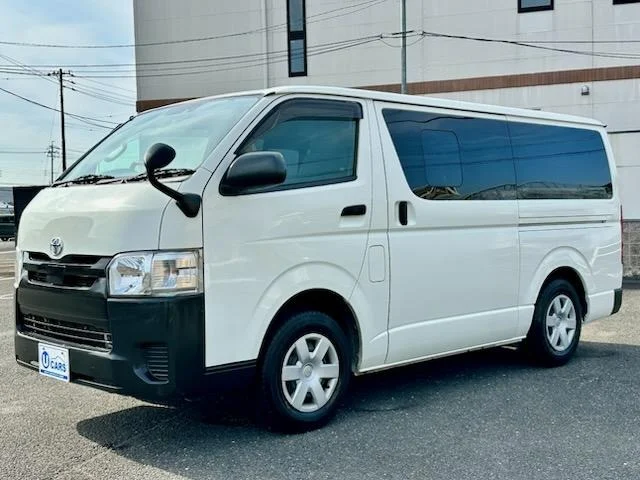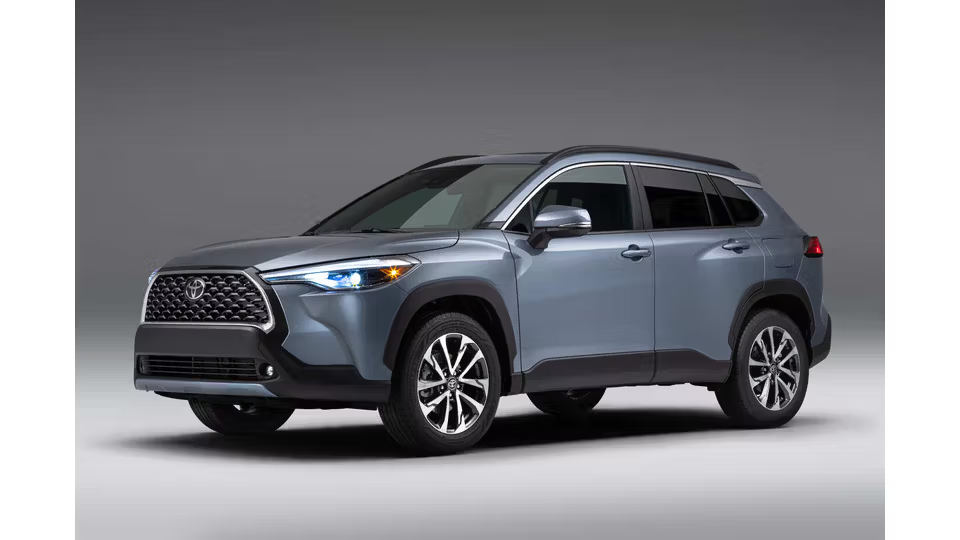Introduction: Understanding Disability Duty Exemption in Kenya
In Kenya, the government provides a Disability Duty Exemption (DDE) program to enable persons with disabilities (PWDs) to import vehicles duty-free. This initiative aims to enhance mobility and independence for PWDs by making car ownership more affordable.
However, to qualify for duty-free car importation, applicants must meet specific requirements and follow the correct procedure. This guide provides a detailed checklist to help you navigate the process smoothly and successfully obtain the Disability Duty Exemption certificate.
1. Who Qualifies for the Disability Duty Exemption?
To qualify for duty-free car importation, an individual must:
✔ Be a registered person with a disability (PWD) in Kenya.
✔ Be certified by the National Council for Persons with Disabilities (NCPWD).
✔ Import a vehicle that is specifically modified for disability access or is suitable for personal use.
✔ Provide proof of employment or business ownership (if applicable).
✔ Agree not to sell the vehicle for a minimum of 3 years after importation.
2. Checklist: Required Documents for Disability Duty Exemption
To apply for the Disability Duty Exemption (DDE), you must submit the following documents:
A. Personal & Disability Verification Documents
✅ National ID or Passport – A valid Kenyan identification document.
✅ NCPWD Disability Card – Must be registered and recognized by the National Council for Persons with Disabilities (NCPWD).
✅ Medical Report – Certified by a registered medical practitioner confirming the nature of your disability.
✅ Tax Compliance Certificate – Issued by the Kenya Revenue Authority (KRA).
✅ KRA PIN Certificate – Mandatory for all import transactions.
B. Vehicle Importation Documents
✅ Proforma Invoice – From the car dealer in Japan, UK, or any other export country.
✅ Vehicle Logbook – Proof of vehicle ownership (if already purchased).
✅ Bill of Lading – Shipping document from the exporter.
✅ Interim Import Declaration Form (IDF) – Required by the Kenya Revenue Authority (KRA).
✅ KEBS Inspection Certificate – From the Kenya Bureau of Standards (KEBS) or JEVIC (for Japanese imports).
C. Additional Supporting Documents
✅ Employment or Business Registration Proof – If applicable, provide a letter from an employer or proof of business ownership.
✅ Affidavit (If Necessary) – If applying on behalf of a minor or dependent person with a disability.
✅ Application Letter to NCPWD – A written request stating why you need the vehicle duty-free.
📌 Tip: Ensure all documents are certified and valid before submitting your application to avoid delays.
3. Step-by-Step Guide to Applying for Disability Duty Exemption
Step 1: Register with NCPWD
If you are not already registered, apply for an NCPWD Disability Card through the National Council for Persons with Disabilities website or office.
Step 2: Obtain a Medical Report
Visit a government-recognized hospital for a medical assessment and obtain a certified disability report.
Step 3: Select & Purchase Your Vehicle
✔ Choose a suitable car model (preferably an automatic transmission with accessibility features).
✔ Buy from a trusted exporter in Japan, the UK, or Dubai.
✔ Obtain all required vehicle importation documents.
Step 4: Apply for the Disability Duty Exemption Certificate
Submit your duty exemption application to the National Council for Persons with Disabilities (NCPWD) along with all required documents.
Step 5: Approval & KRA Clearance
✔ If approved, you’ll receive an exemption certificate.
✔ Present the certificate to Kenya Revenue Authority (KRA) for tax exemption processing.
✔ Your vehicle will be cleared without paying import duty but you may need to cover other taxes (e.g., VAT, Railway Development Levy).
Step 6: Register & Insure Your Car
✔ Register your vehicle with NTSA and obtain a logbook.
✔ Secure insurance and any necessary vehicle modifications for accessibility.
📌 Tip: Keep copies of all approval letters and receipts for future reference.
4. Common Mistakes to Avoid When Applying for Duty Exemption
🚫 Submitting Incomplete Documents – Ensure you have all required paperwork to avoid rejection.
🚫 Applying Too Late – Start the process early to ensure approval before the vehicle arrives in Kenya.
🚫 Buying a Non-Eligible Vehicle – Import only vehicles that meet disability needs and government regulations.
🚫 Selling the Car Before 3 Years – The government requires a 3-year ownership period before resale.
5. Best Cars to Import for Disability Duty Exemption
If you’re eligible for the duty-free importation, consider these best car models suited for PWDs:
🚗 Toyota Noah / Voxy Hybrid – Spacious, fuel-efficient, and wheelchair-friendly.
🚗 Honda Freed Hybrid – Compact yet offers excellent accessibility.
🚗 Toyota Sienta – Budget-friendly with a good fuel economy.
🚗 Nissan Serena – Large cabin, sliding doors for easy entry.
🚗 Toyota Alphard / Vellfire – Premium MPV with accessibility options.
📌 Tip: Ensure the car has automatic transmission, low ground clearance, and accessibility modifications if necessary.
6. Final Thoughts: Why Disability Duty Exemption Matters
The Disability Duty Exemption Program provides an excellent opportunity for PWDs in Kenya to own affordable vehicles that improve their independence and mobility. By following the correct procedures and submitting the required documents, you can successfully import a vehicle duty-free and enjoy the benefits of owning a car suited to your needs.





